Sustainable mining
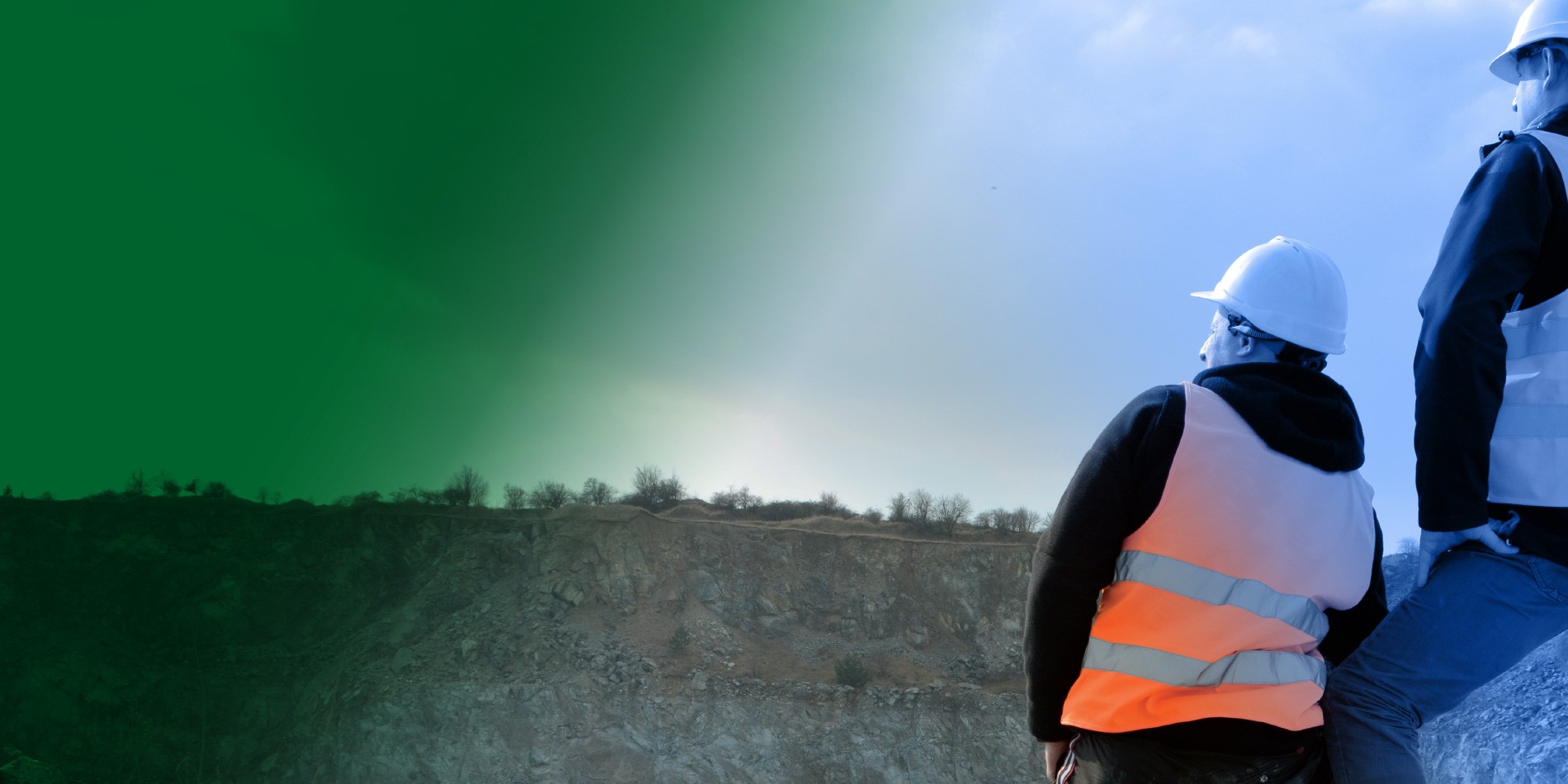
A park, a lake and great
tasting olives: How to rehabilitate
an open cast mine
A park, a lake and great
tasting olives: How to rehabilitate
an open cast mine
Nothing should go to waste. The contemporary push for sustainability has been our mantra from day one: what is left after we get caustic calcined and dead burned magnesite or monolithic refractories, is still our soil and our land to pass on. Hence the olive groves in Yerakini, Chalkidiki, one of Greece’s richest olive producing regions and a renowned tourist destination. The ongoing project started in the ’70s and highlights our concept of giving back to the environment.
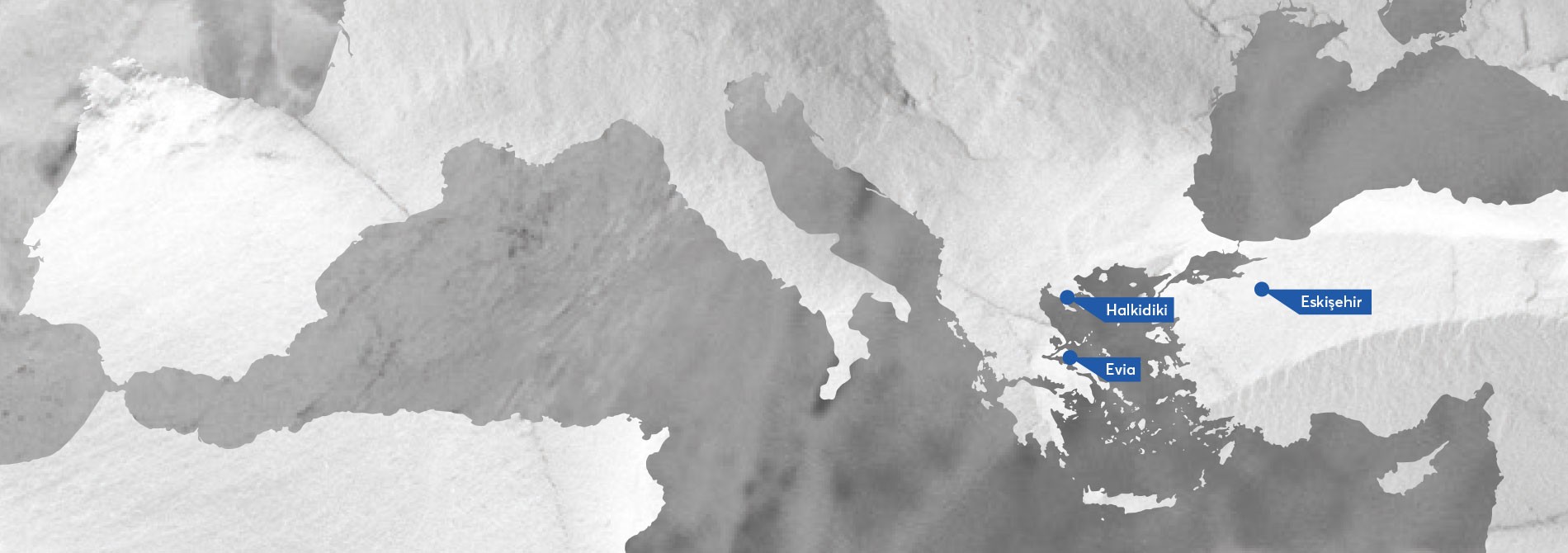
Our world-class
Magnesite reserves
Our world-class
Magnesite reserves
We own world-class, magnesite mining operations in Greece & Türkiye with considerable mineral resources, supporting a sustainable and robust long-life production. Our open-cast & underground operations currently command an annual production of more than half a million metric tons of the famous white Magnesite! -the content of which in iron, heavy metals, lime and trace elements is one of the lowest you will find in nature.
Our mining concessions cover an area of 80Km2 with an additional 16Km2 of reserve concessions available for future exploitation; proven reserves exceed 28 million MT of kiln feed magnesite; yet, we are still exploring new and promising sites…
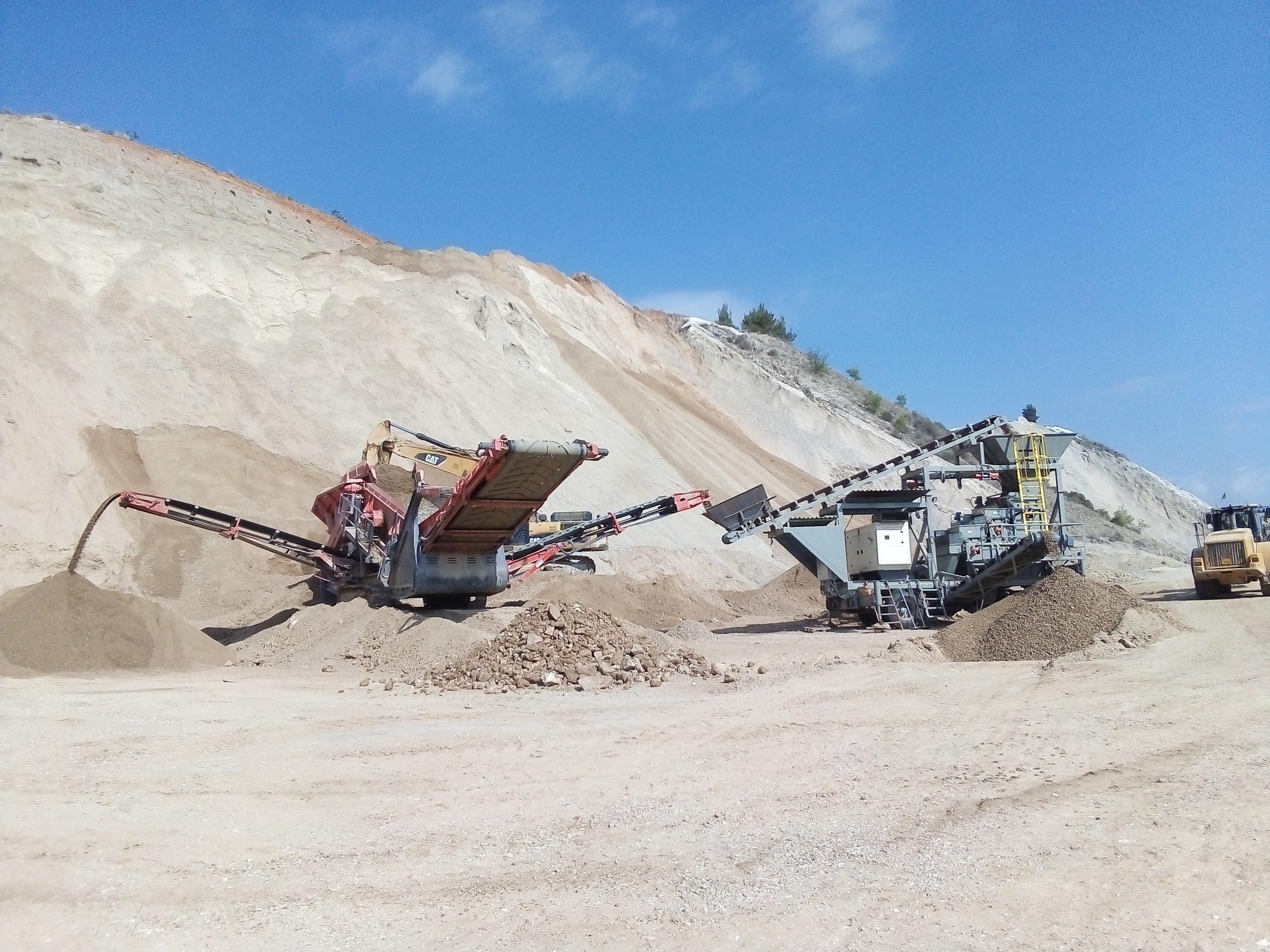
Sustainable use of mineral resources
Sustainable use of mineral resources
Since the beginning, back in 1959, Grecian Magnesite has been following the principle that a deposit is an exhaustible natural resource and therefore the reserves of the mineral deposit should be maximized. Selective mining to maximize short term yield was never an option. On the contrary, the main mine design parameter was always the long-term optimum use of available resources.
Yerakini Mines & Works
Yerakini Mines & Works
This is where it all started more than a century ago. In the magnesite-rich region of Yerakini, northern Greece, the ore is extracted by open pit methods. After blasting, the RoM material is transported by own trucks (dumpers) to the beneficiation departments. In parallel, pre-concentrated magnesite is produced from the RoM old stockpiles via mobile processing units (screening & magnetic separation).
The RoM material is crushed, screened at various size fractions and washed, whereupon it passes through different beneficiation processes (X-ray/camera/laser sorting, magnetic separation, dense media) depending on the desired chemistry of the kiln-feed magnesite. Overall, at Yerakini, there are 14 optical/X-ray sorters (8 camera, 5 laser and 1 X-ray), two classifying units, four magnetic separation lines and one dense media cyclone installation.
Calcination on site comes next: 3 rotary kilns and 1 shaft kiln, with a combined calcination capacity of 520 tpd, are fed with magnesite to produce caustic calcined magnesia and deadburned magnesia at ~900°C and ~1.800°C respectively. The caustic calcined magnesia RoK (run of kiln) is then conveyed to the CCM final processing plant for final milling and classification, whereas the deadburned magnesia RoK goes to the DBM final processing plant to produce basic monolithic refractories or specialty DBM powders for high-end applications.

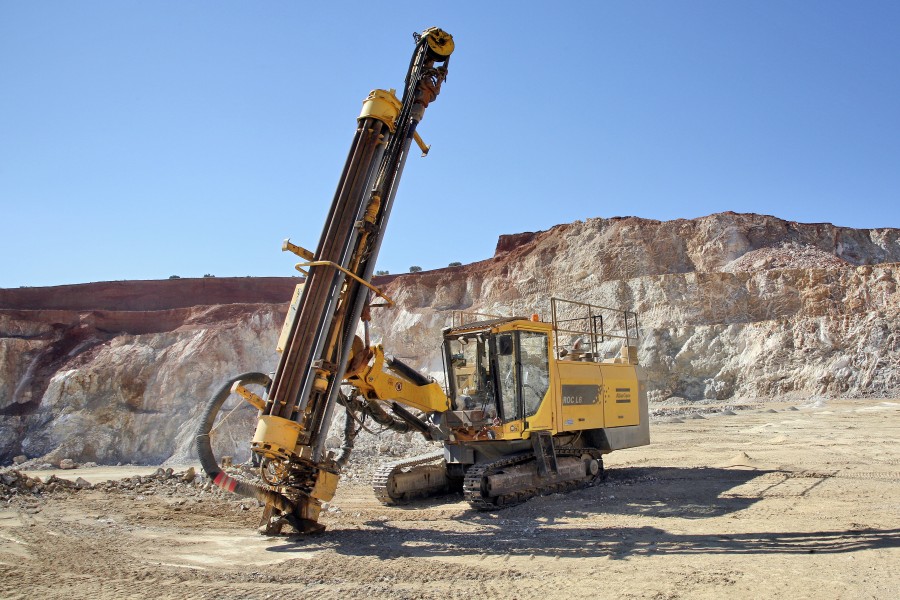
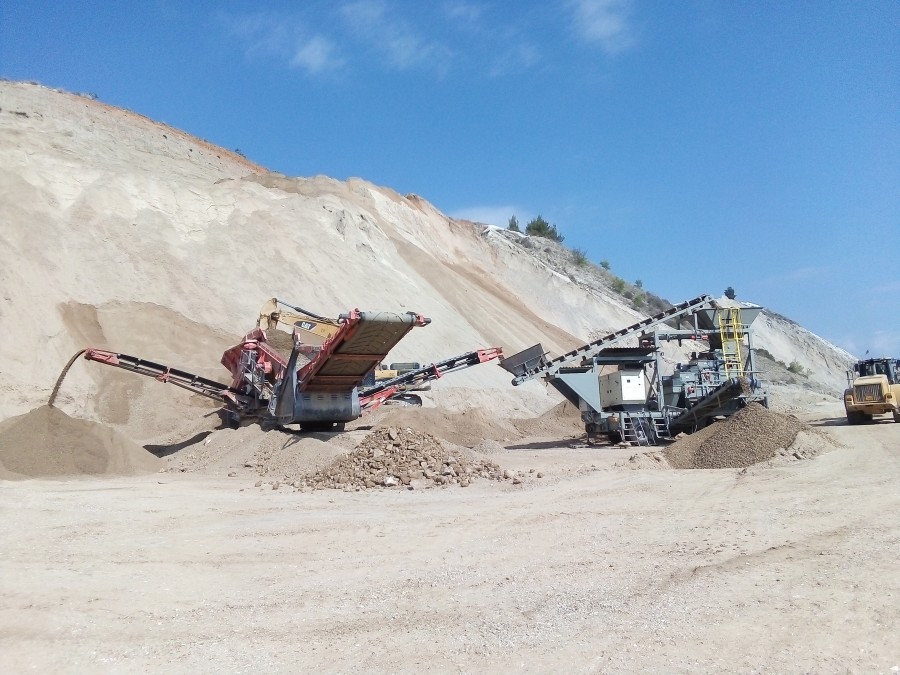
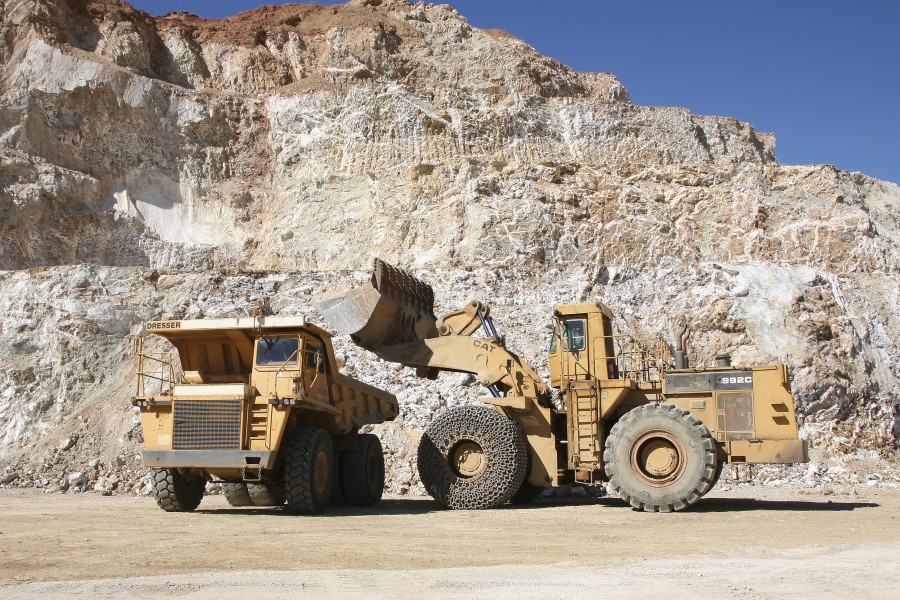
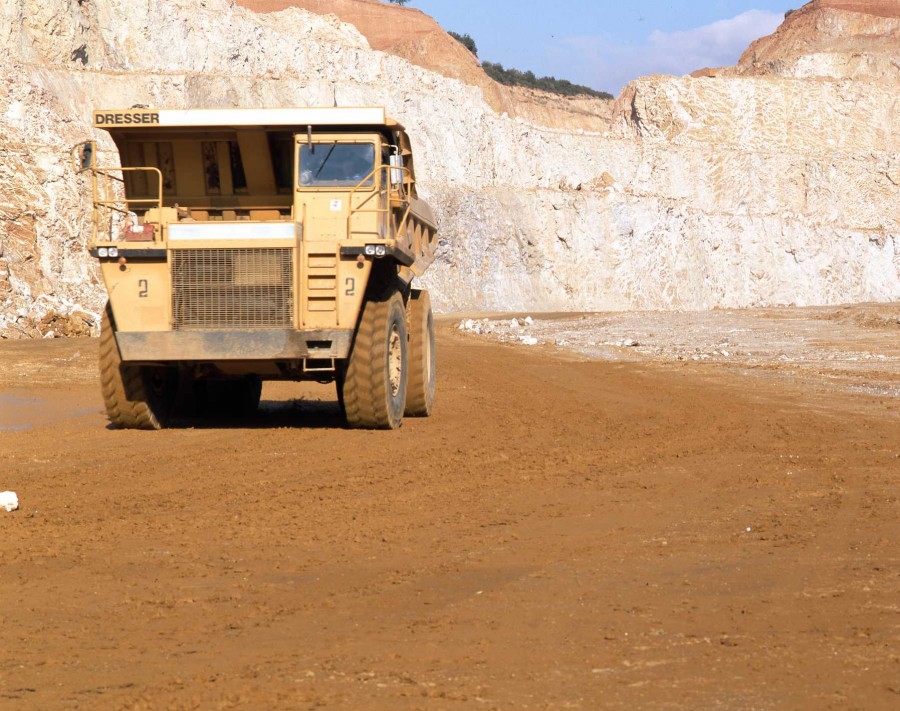
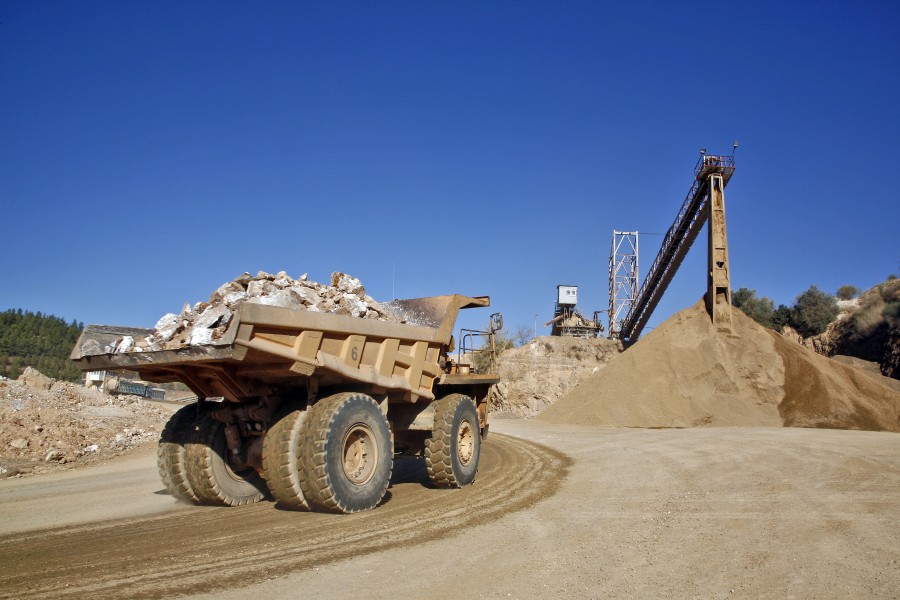


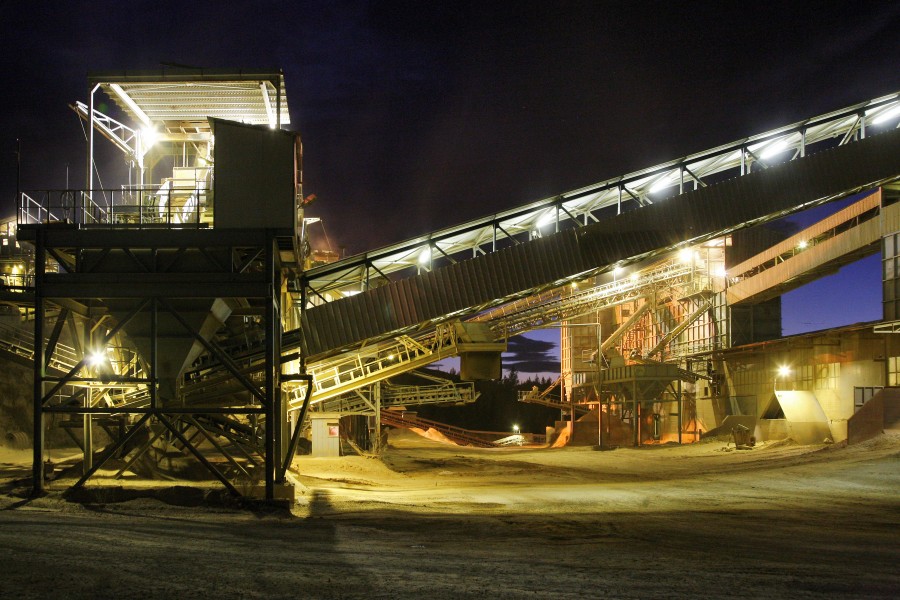
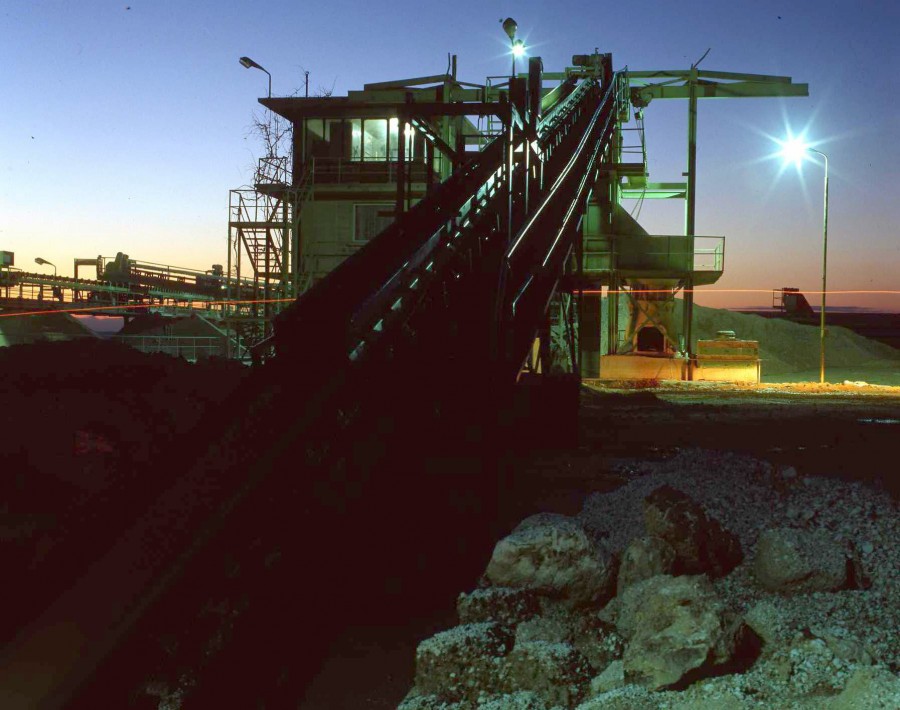
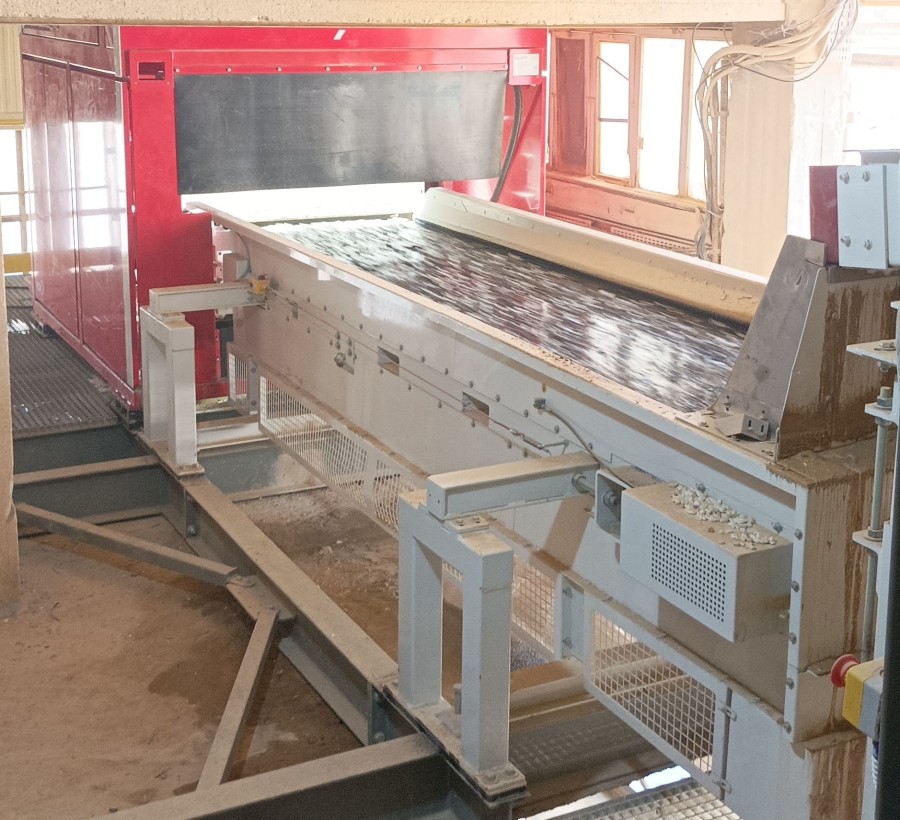
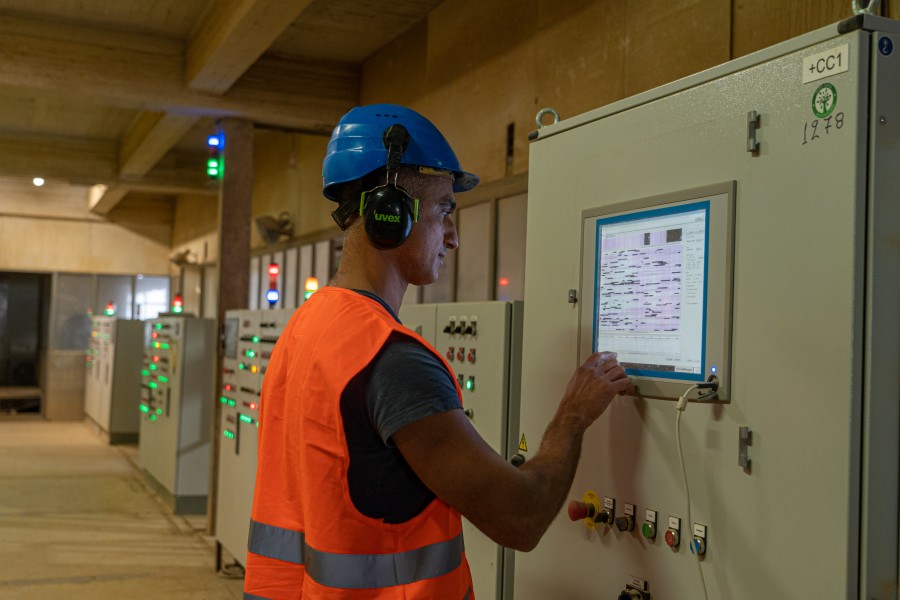

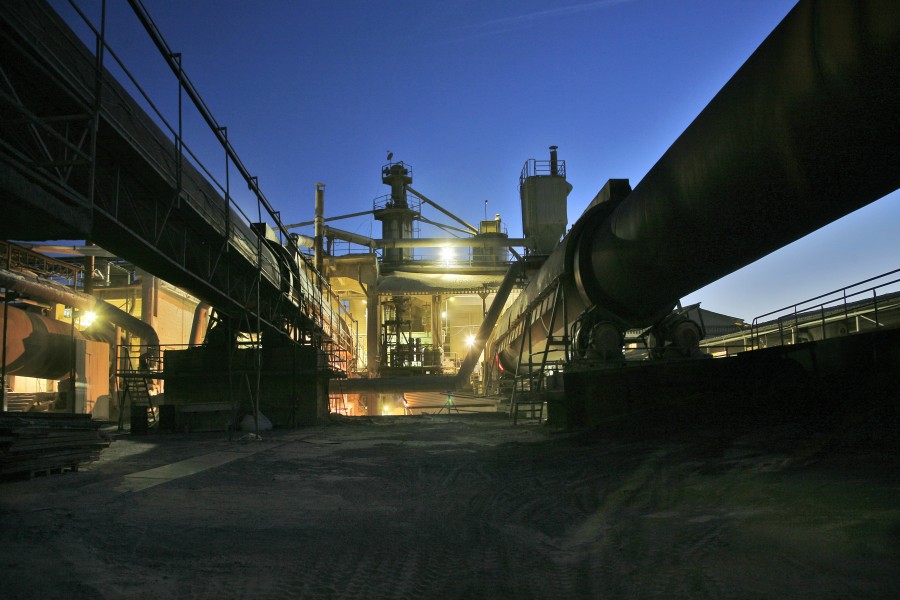
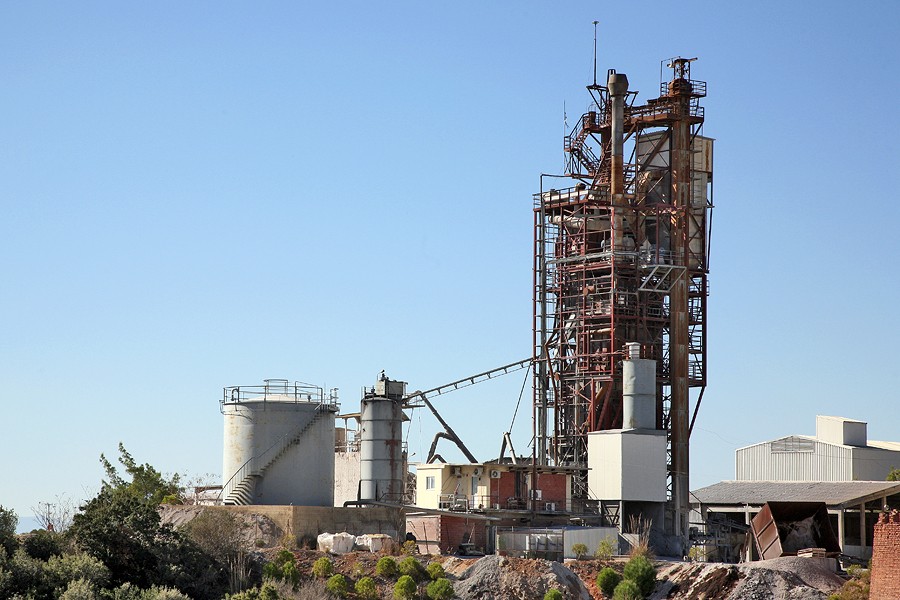
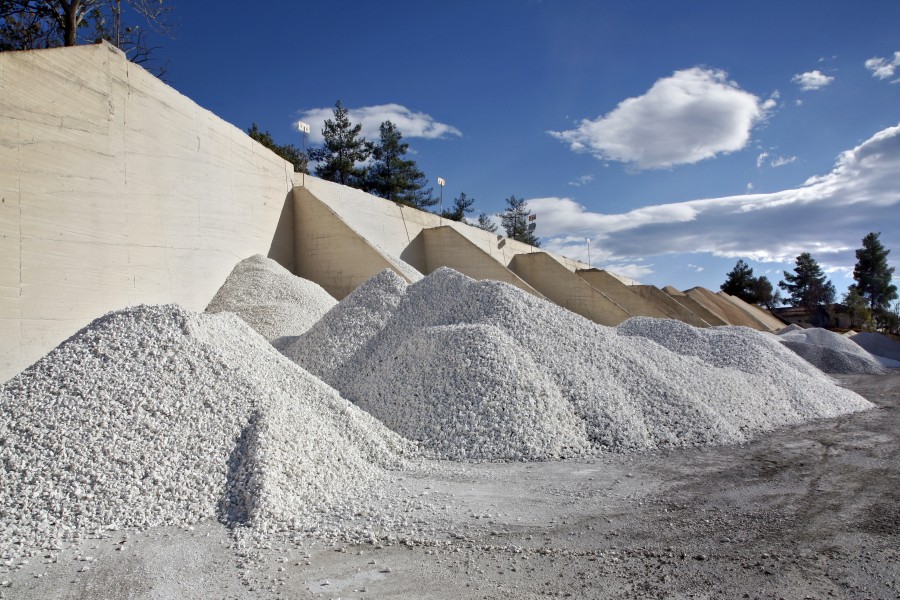
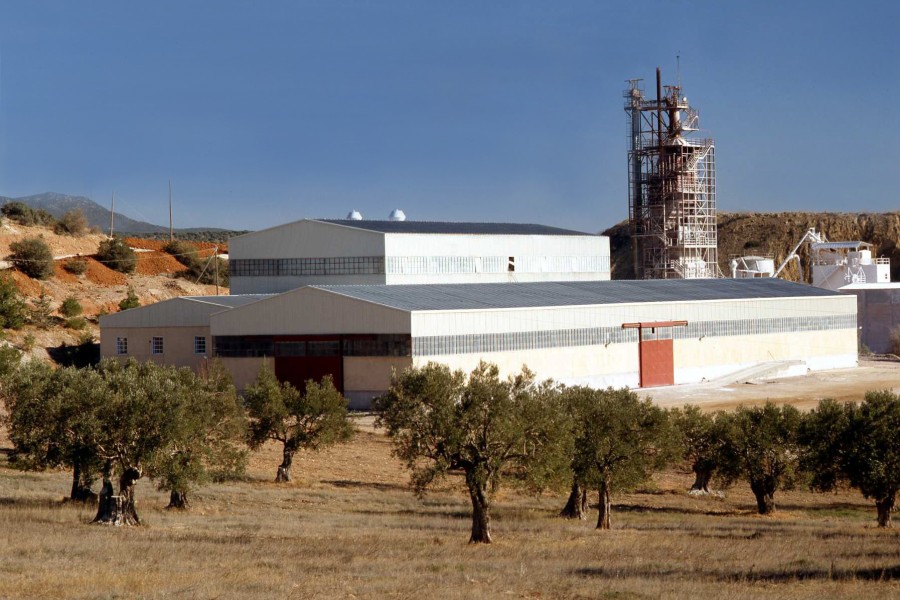
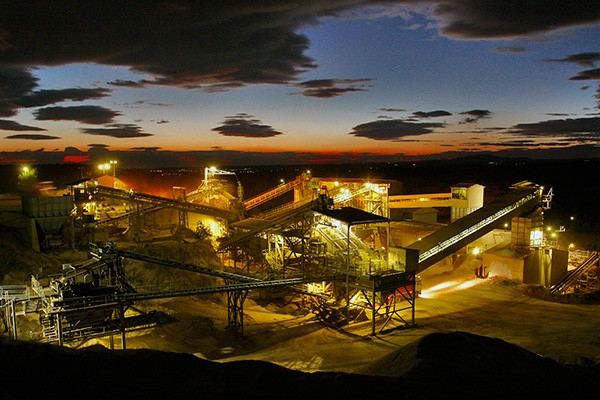
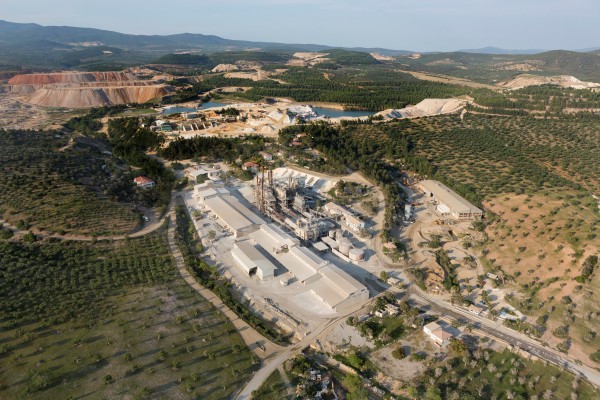
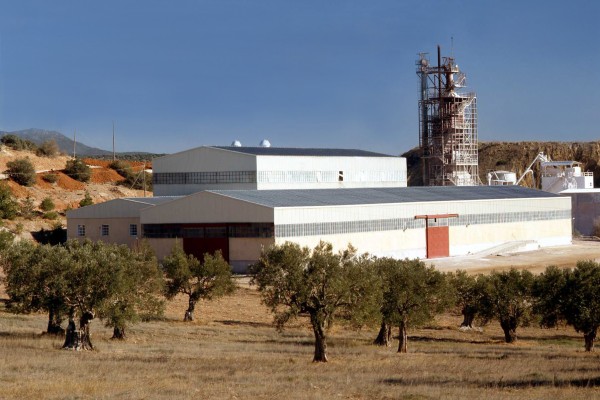
Erenkoy - Kümbet Mines & Works
Erenkoy - Kümbet Mines & Works
Here in the heart of Türkiye, with our friends from Akdeniz Mineral Kaynakları A.S. (a part of Grecian Magnesite since 1993), we operate three adjacent open pit mines (Sazlik, Eldizen & Aktepe) to extract premium quality magnesite. The RoM material goes through pre-beneficiation on site and then travels 5km to the main plant in Erenköy, where it is crushed, screened at various size fractions, washed and dried, before going through different beneficiation processes -magnetic separation, sensor-based sorting- depending on the desired chemistry of the kiln-feed magnesite.
At Erenköy and Aktepe/Sazlik, 3 grizzlys, 2 drum magnet lines, four magnetic separation lines, 2 hand-sorting lines and 1 X-ray-based sorting line and drying unit, produce kiln-feed magnesite, that goes to the calcination plant in Kümbet, 10Km away, to be fired at ~900oC in 1 rotary and 2 shaft kilns with a calcination capacity of 100 tpd. The caustic calcined magnesia RoK is then further crushed, milled and classified to order at the CCM final processing plant.
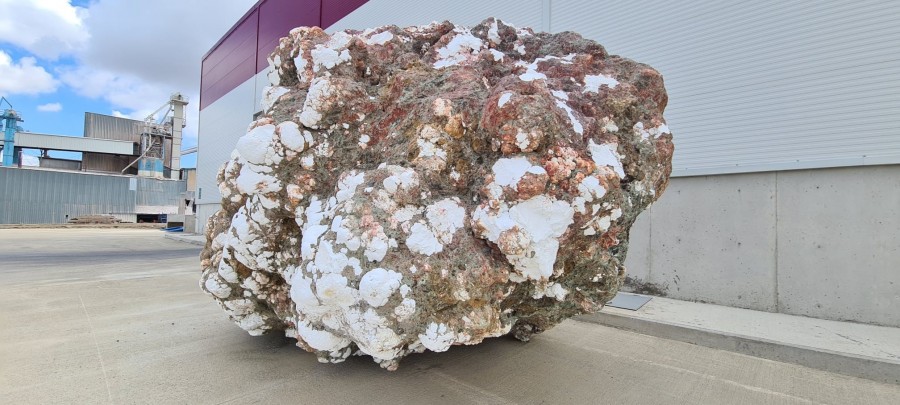
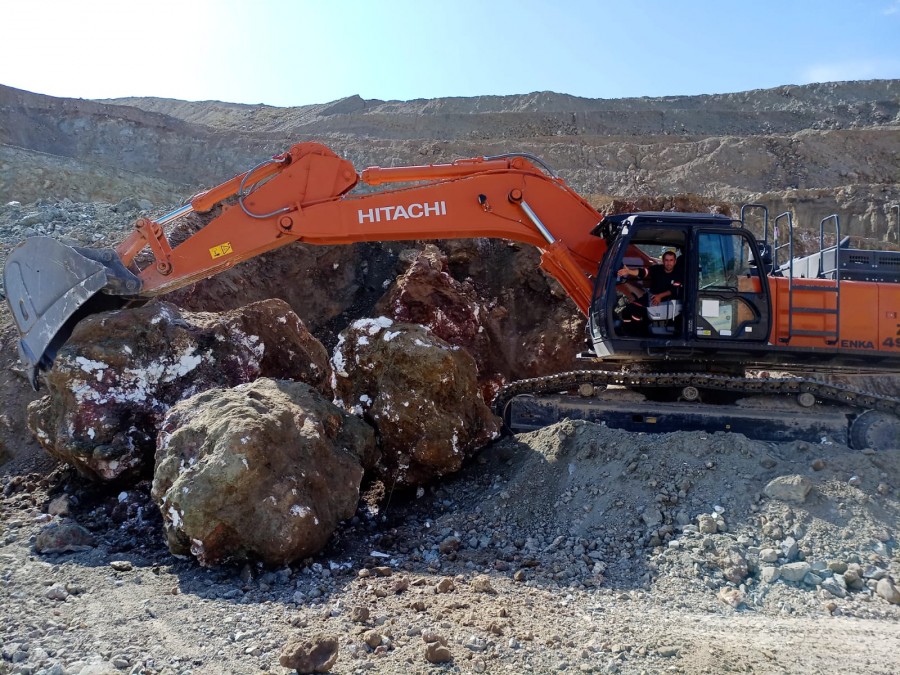
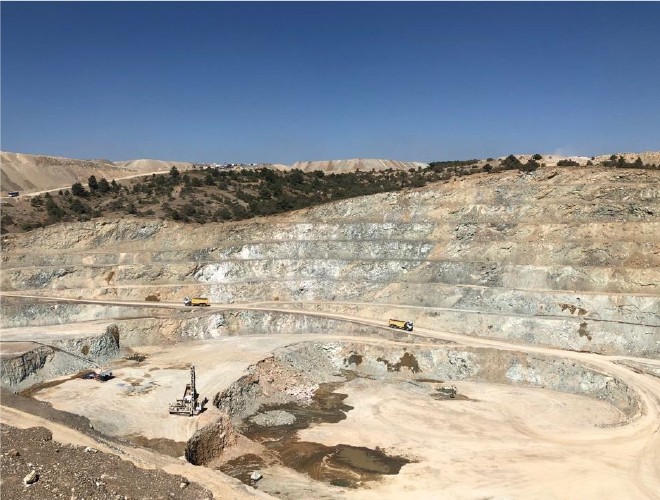
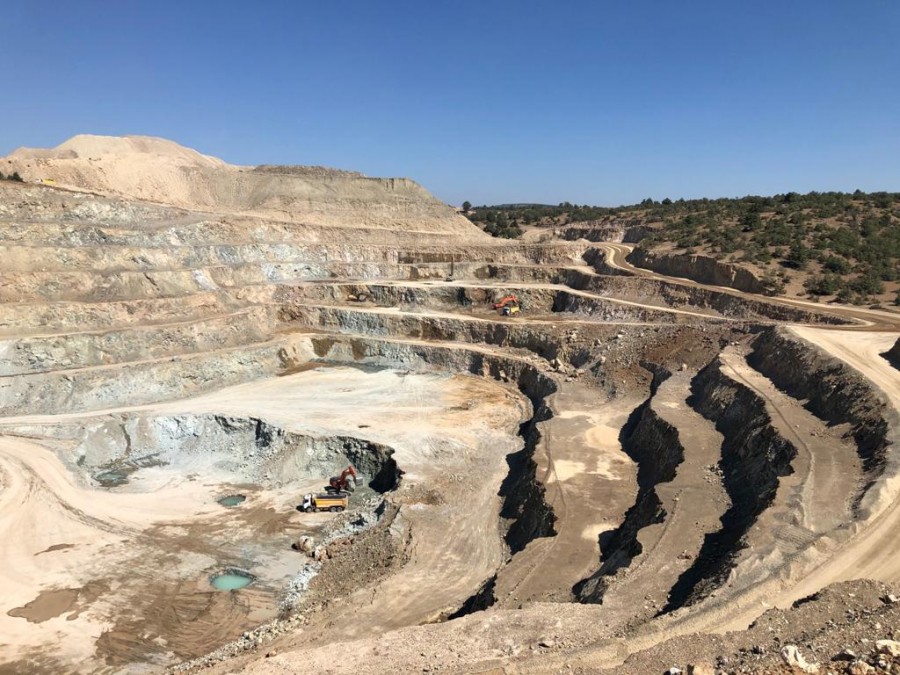
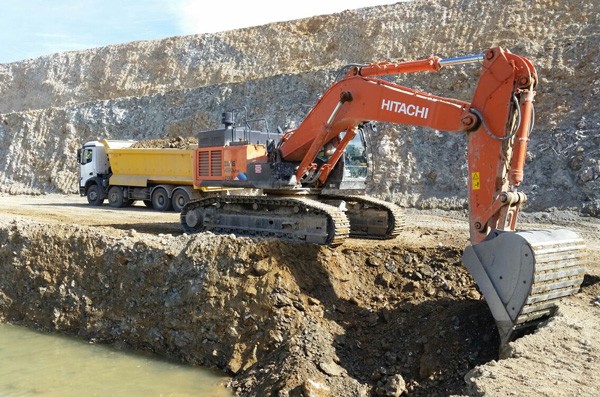
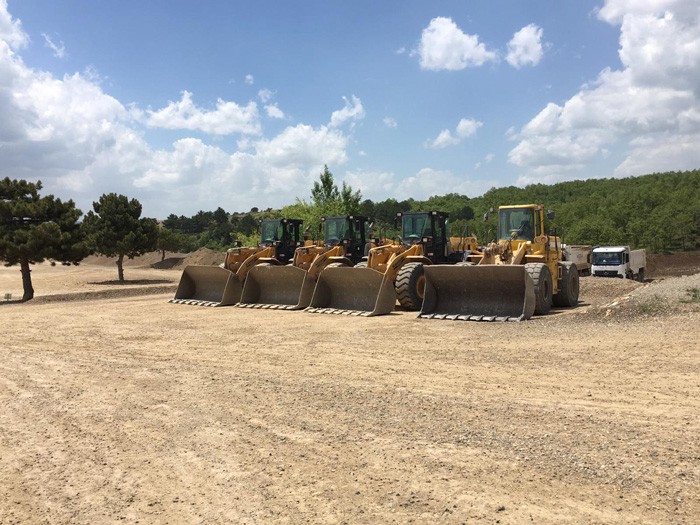

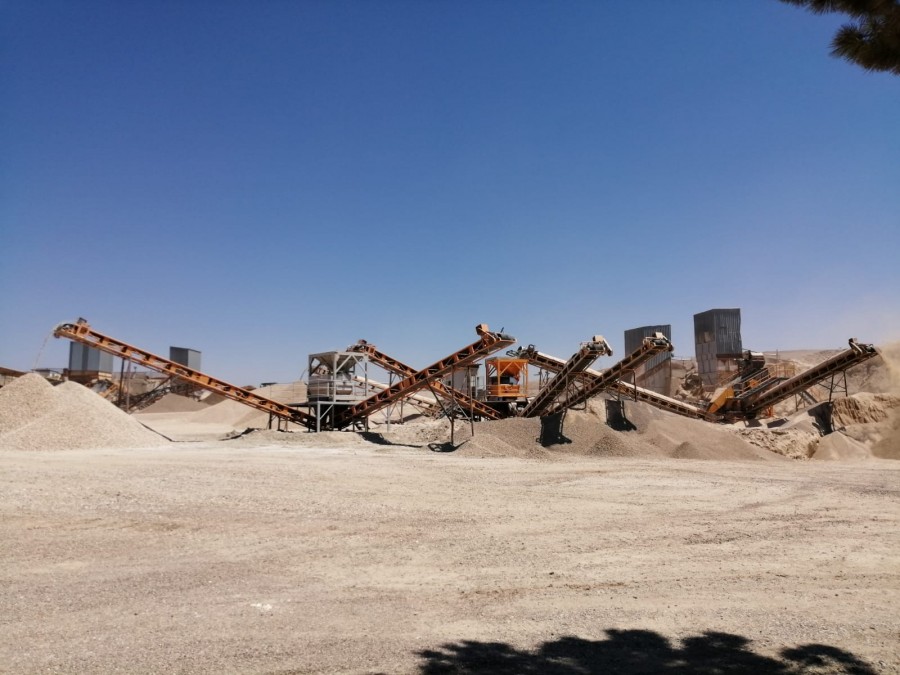
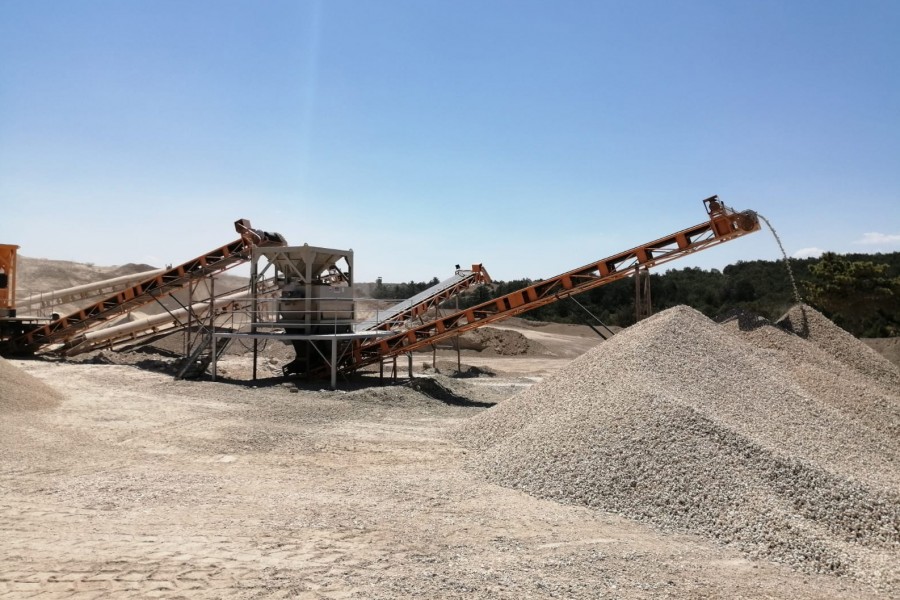
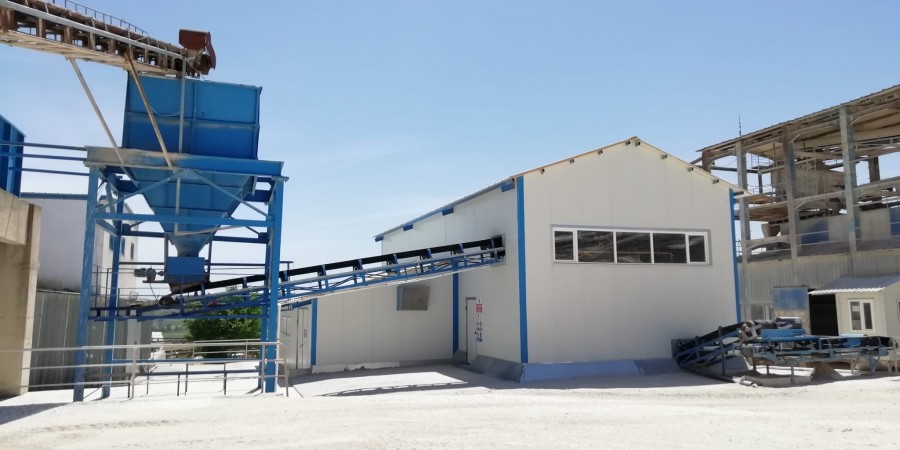
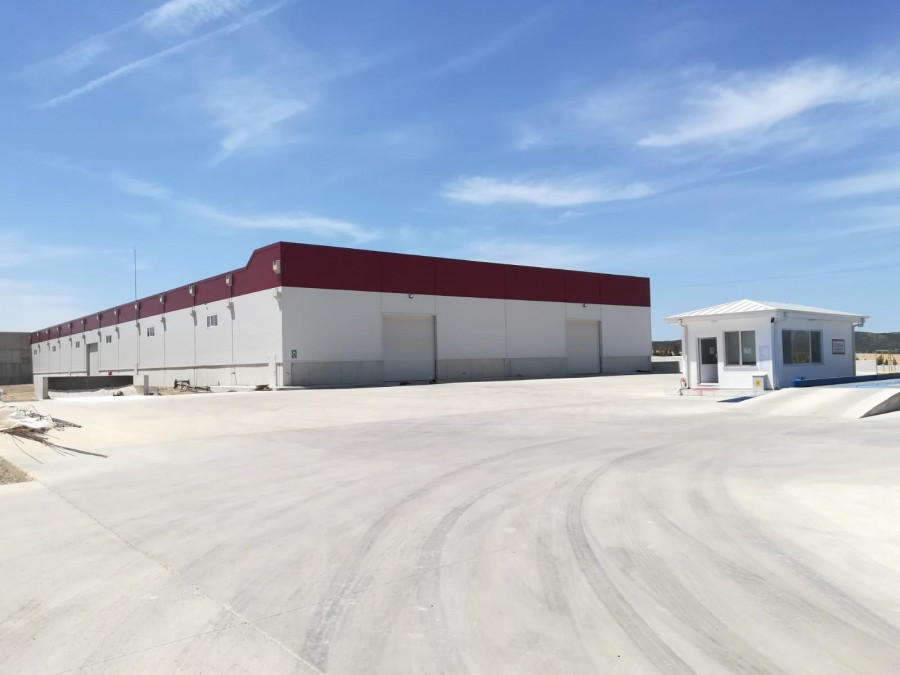
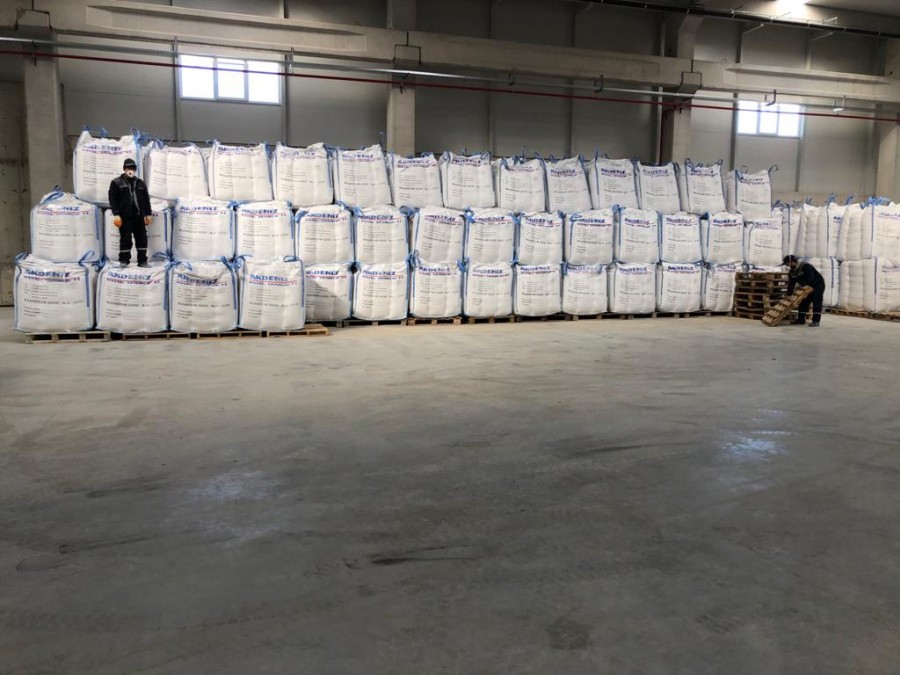
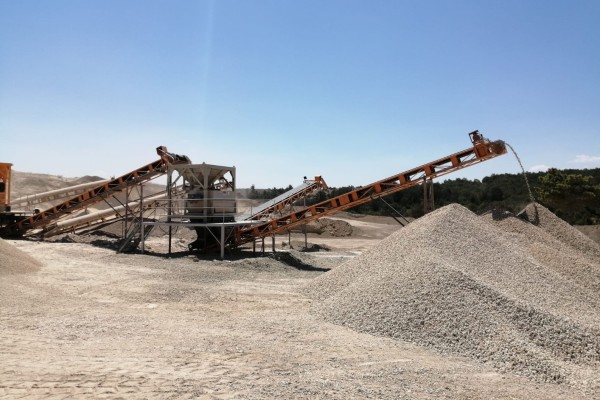
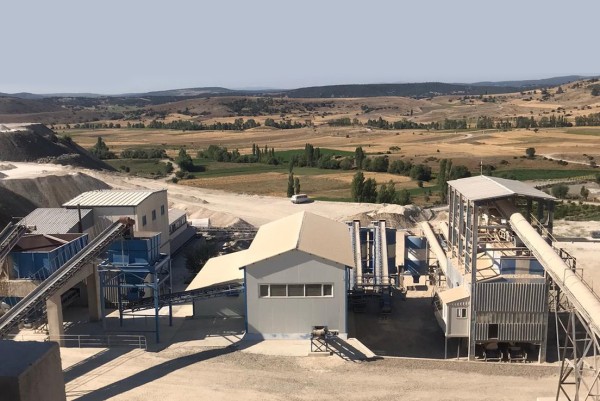
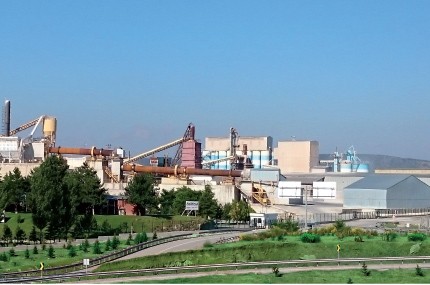
Evia Mine - Setting the foundations for electrification
Evia Mine - Setting the foundations for electrification
On the island of Evia, Greece, we own mining rights of one of the purest magnesite deposits on the entire planet; the renowned “Agia Triti” mining concession, which above ground, is a place of exceptional natural beauty and of relatively untouched flora and fauna habitats.
After years of geological mapping, geotechnical investigation, laser scanner surveying works, and core drilling exploration, we recently started the Koutzi UG mine: a green, small scale, surgical, underground mine with narrow vein mining techniques for the extraction of high-quality raw magnesite.
Our Koutzi UG mine is operated by electric and battery powered equipment for an immaculate “green” performance. In addition, remote control mechanical excavation of ore & waste eliminates the use of explosives' resulting in favorable ventilation conditions and a safer, healthier work environment for our miners!
The mine’s annual production capacity is 50,000 MT RoM out of an estimated 11 million MT of reserves. That means at least one hundred years of top-quality magnesite flow, guaranteed. It also points to a champion of sustainability and environmental responsibility - Grecian Magnesite at its best!
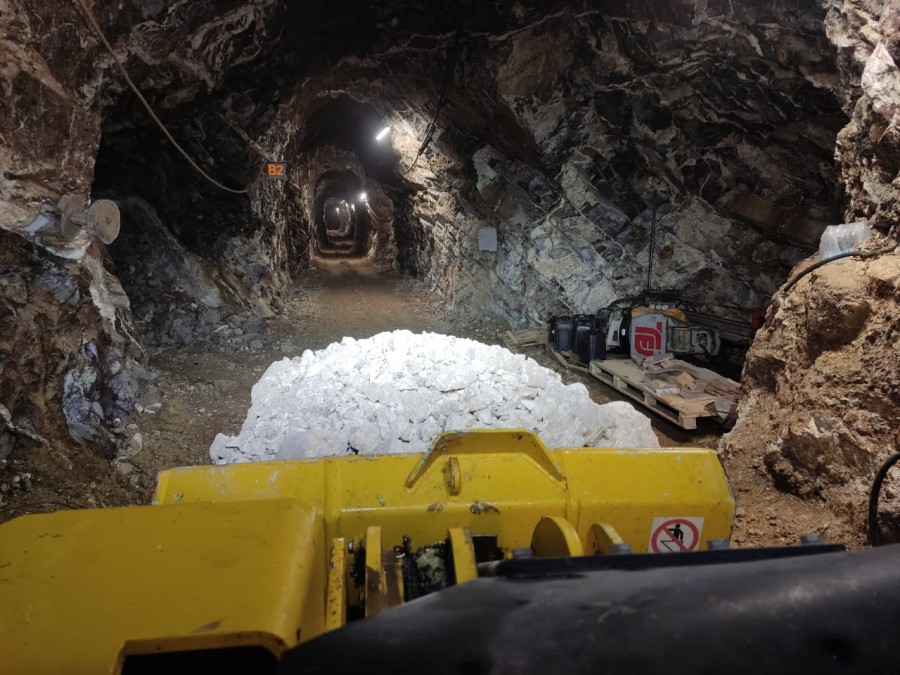
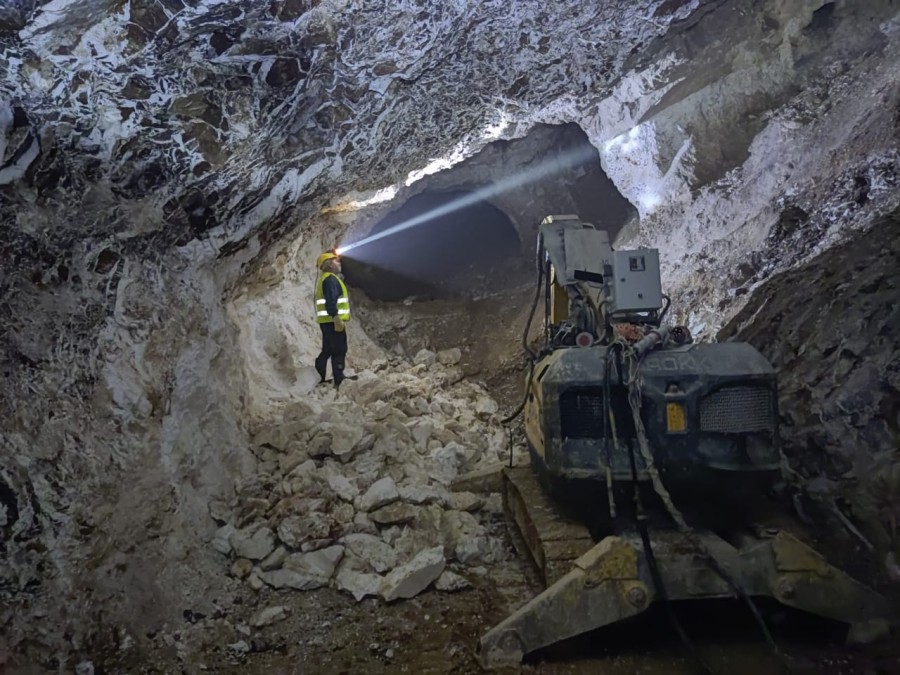


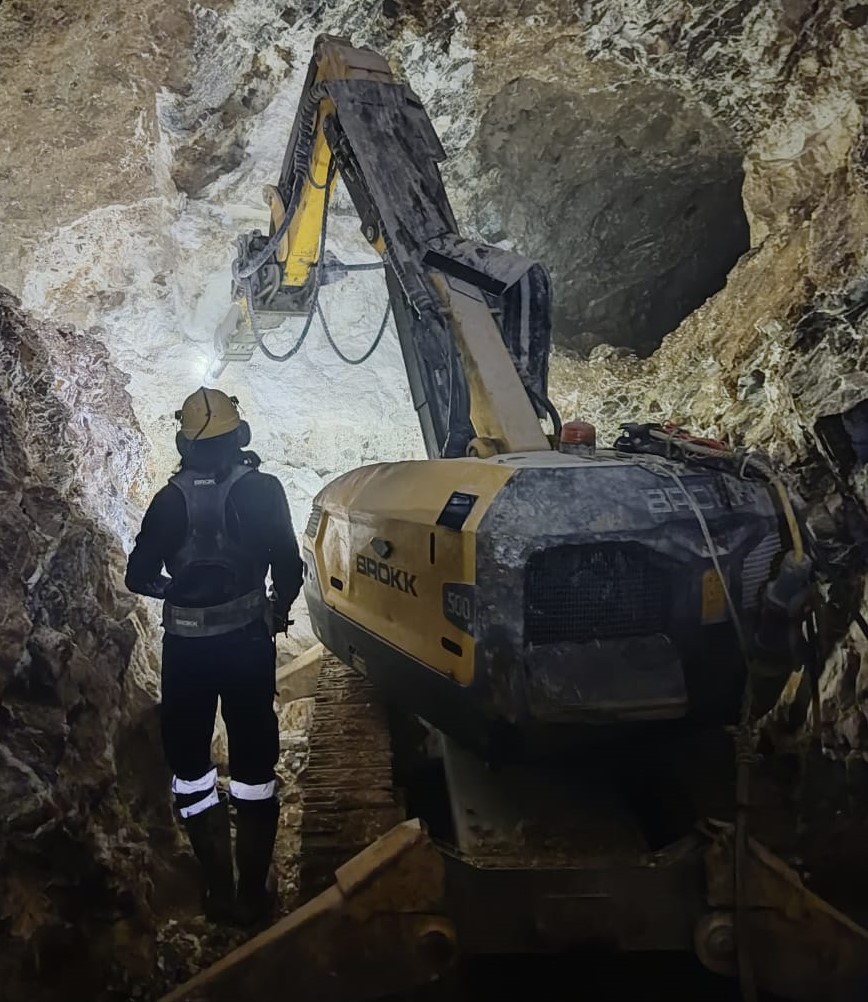
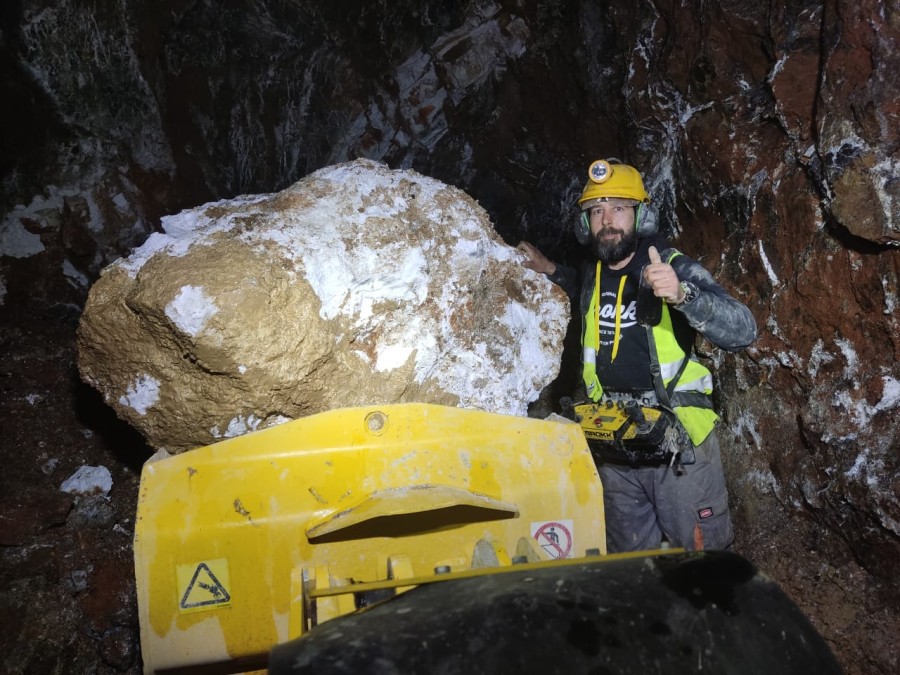

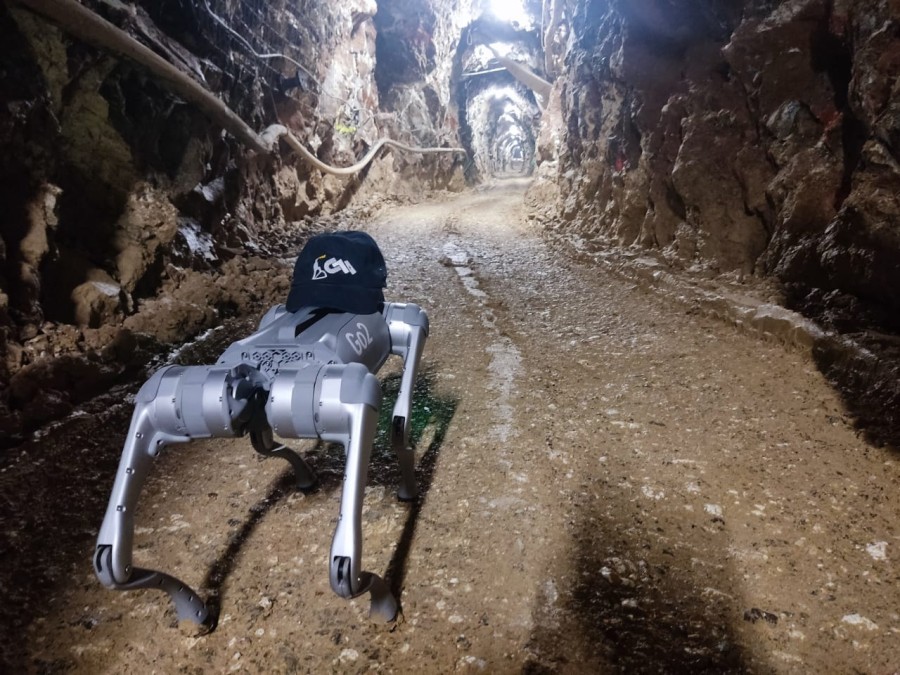
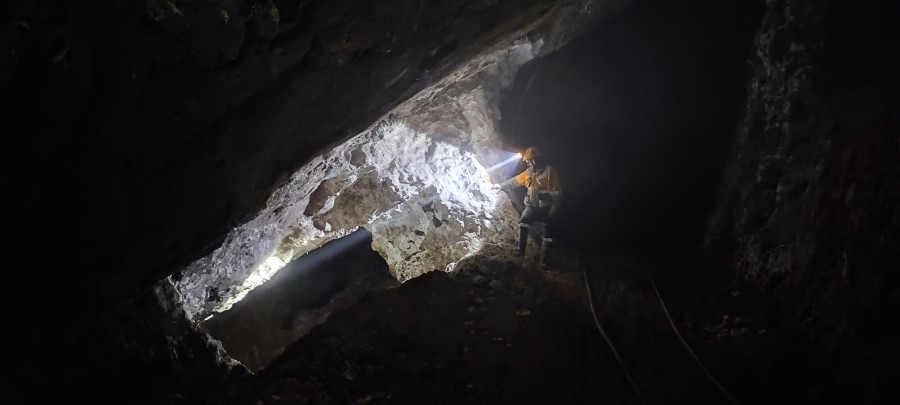
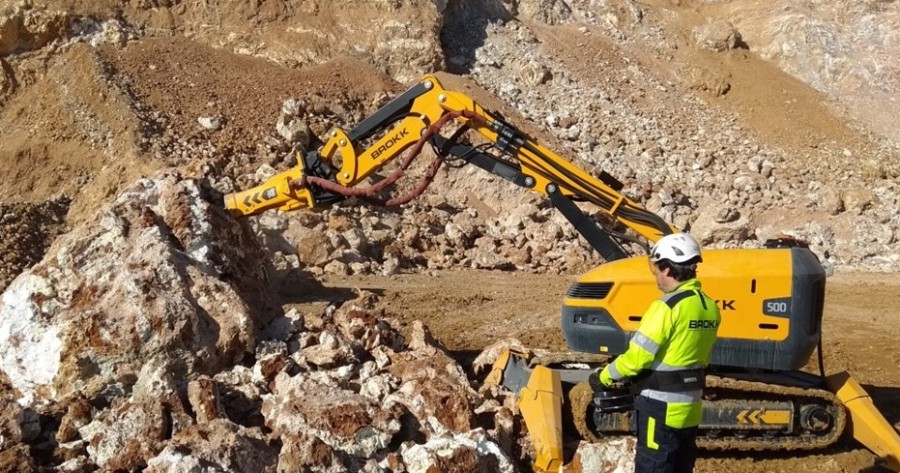
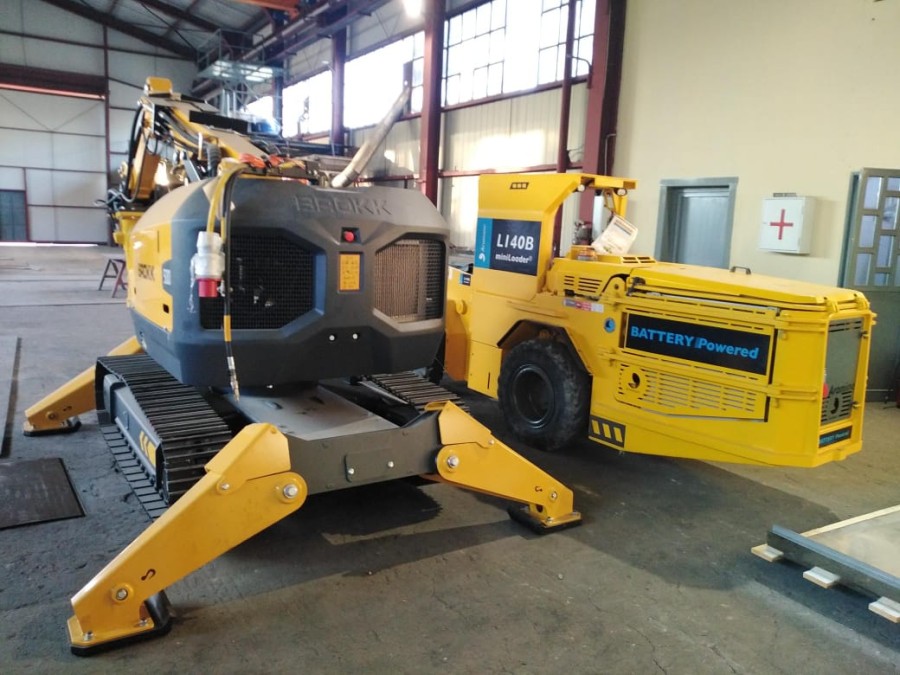

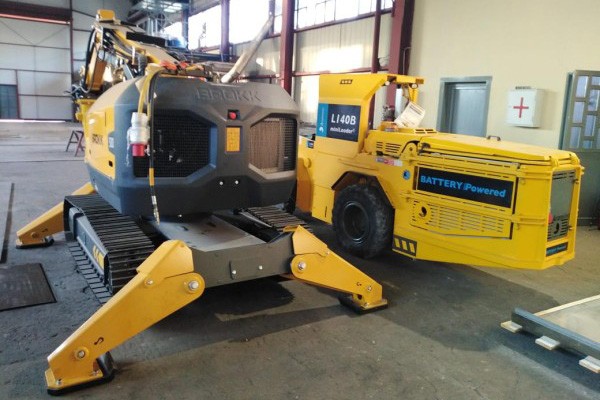
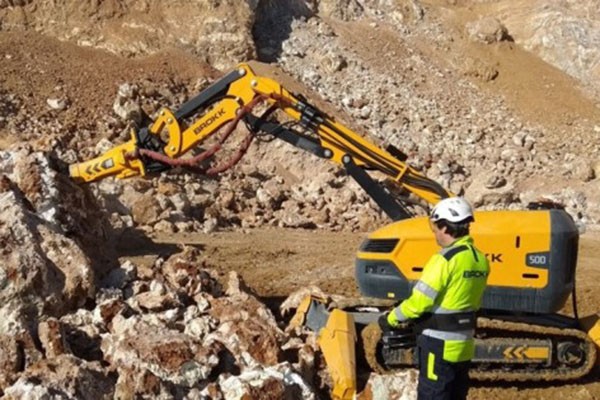
Using our own mineral, extracted from
our own mines, gives us the advantage of working with materials
of stable chemical composition and physical properties.
For more than 50 years already and for another 50 at least to come.
Still looking for something?
Still looking for something?
Get in touch with GRECIAN MAGNESITE
We look forward to your inquiry.
Tel: +30 210 7240446-7
Send us a message
Email: info@grecianmagnesite.com
